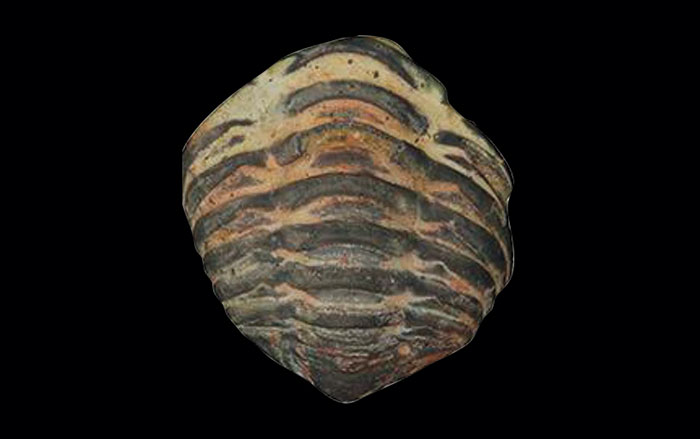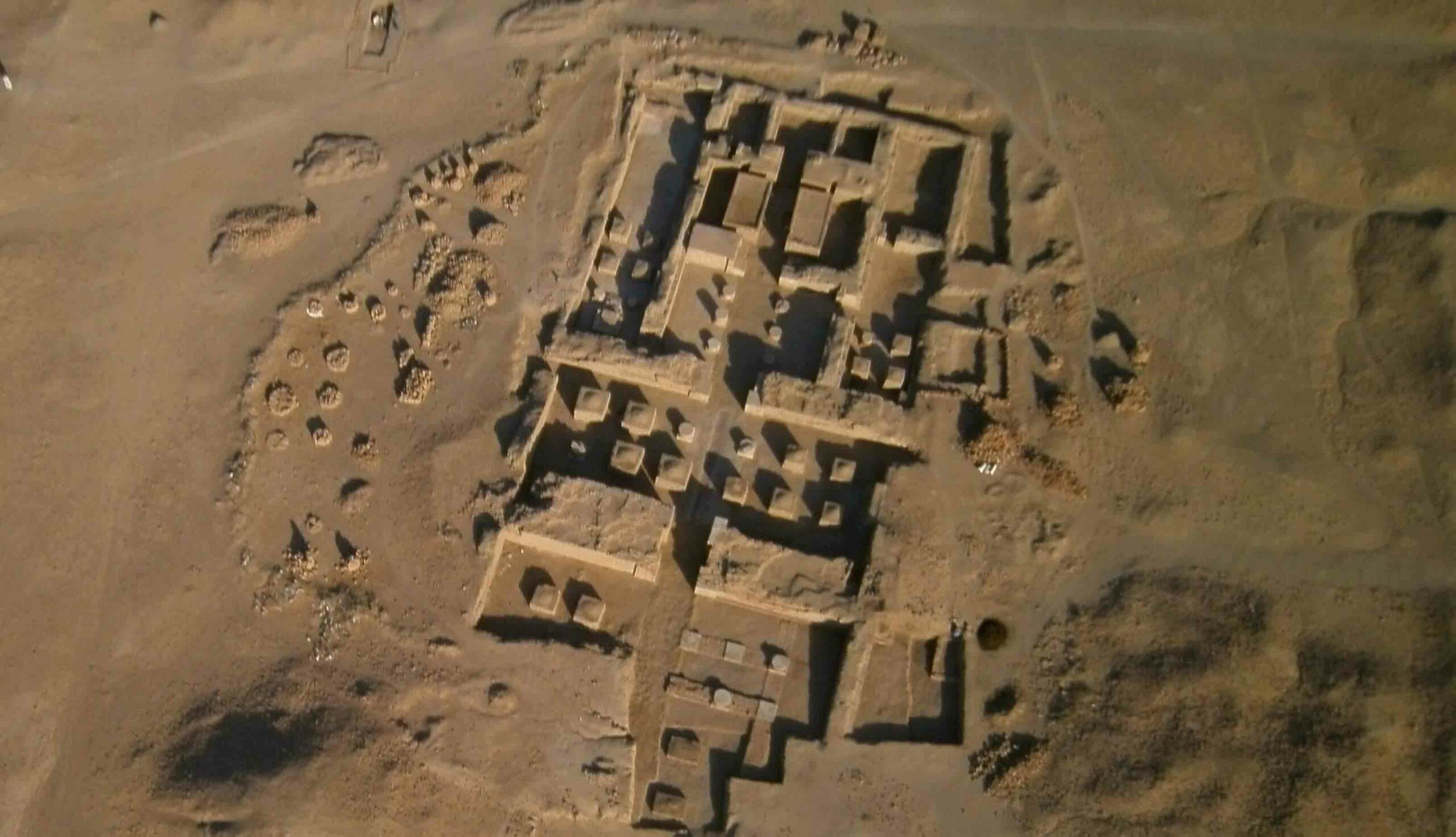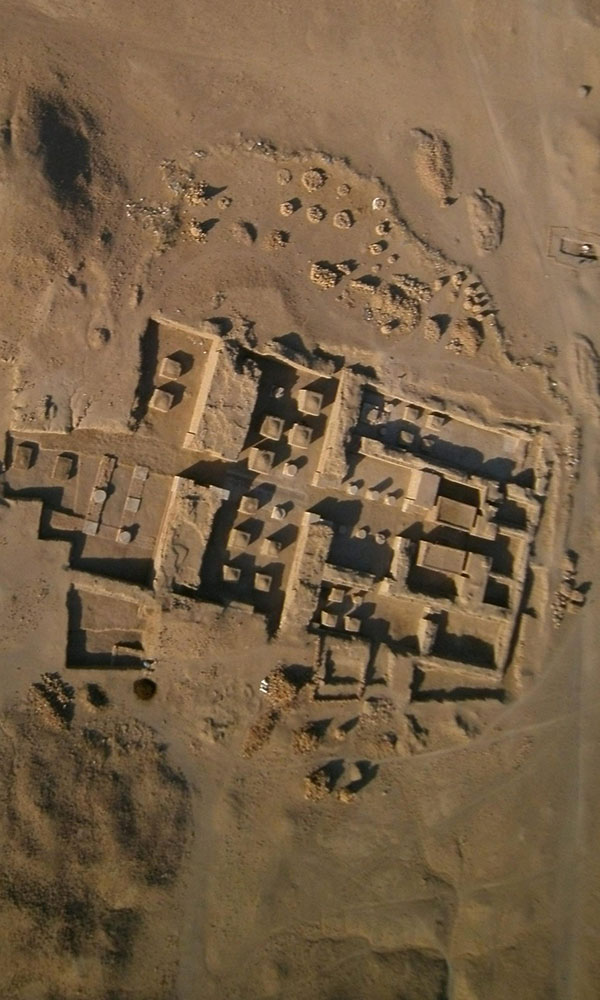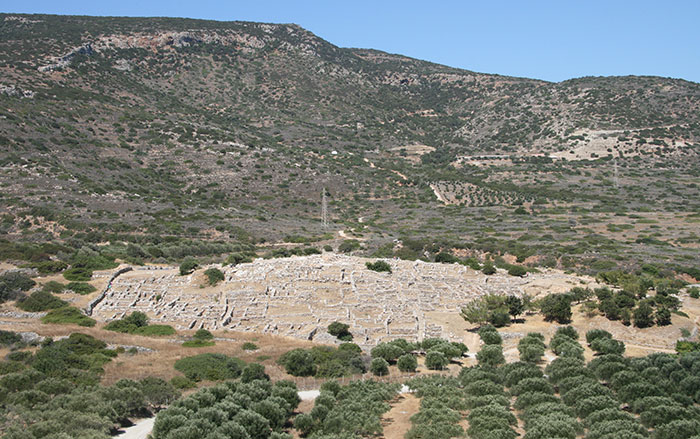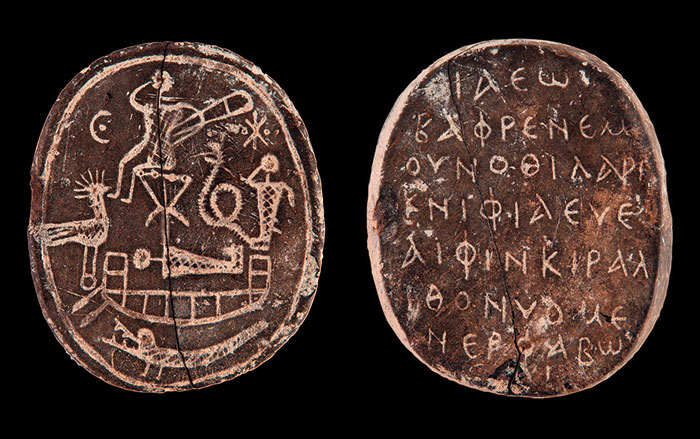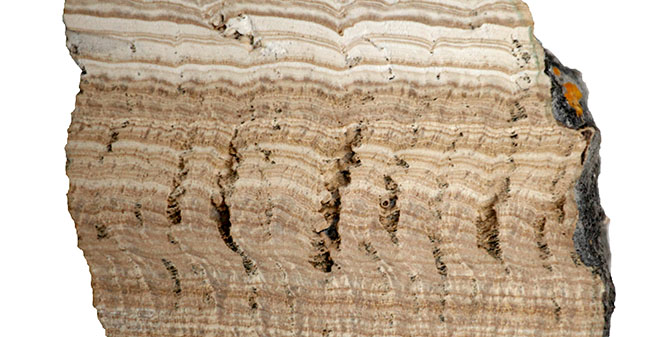
URBANA, ILLINOIS—Scientists from the University of Illinois at Urbana-Champaign studied the limestone deposits within the Anio Novus aqueduct in order to estimate the rate of water flow from the Apennine Mountains to Rome. They determined that the aqueduct, which was built between A.D. 38 and 52, would have delivered 370 gallons of Aniene River water to the city each second. The buildup of limestone, or travertine, indicates that the 54-mile-long aqueduct channel was almost always full of water. But as the deposits got larger, they eventually reduced the water flow by 25 percent. Earlier estimates of the amount of water carried into Rome were taken from historical accounts and average velocity based upon the slope of the aqueduct. However, this new study has found variations in the slope across the aqueduct that could dramatically change those estimates. “Regardless of the different estimates, researchers agree that these aqueducts were the core piece of infrastructure that permitted large-scale urbanization. With this reliable water supply, Rome’s population was able to grow between 600,000 to a million people during the first century A.D.,” geologist and microbiologist Bruce Fouke said in a press release. To read about the search for the source of one of the most famous ancient aqueducts, go to "Rome's Lost Aqueduct."


